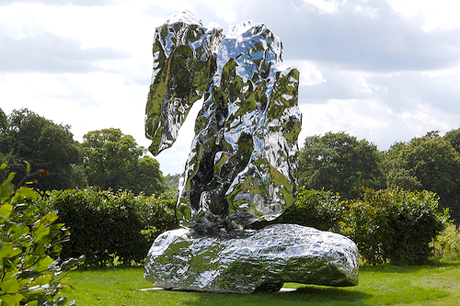I was recently asked to transform a customer's own cube specimen of pyrite into a ring for a surprise gift for their partner.
The pyrite for their commission was more of a gunmetal colour than most gleaming "Fool's gold", and after discussing different colour options, we decided together that it would be a great contrast to use a pale pink for the ring.
The pyrite cube provided was gun-metal grey, metallic with hard edges.
Bringing together these opposites, a crisp cool metallic with something so soft and delicate seems unnatural, but we can find references in nature. Think of pink granite!
Granite is an igneous rock is formed from the crystallisation of magma below the Earth's surface. It's composition from many different minerals including quartz and feldspar give the colours white, pink and grey with dark flecks.
Pink Granite
We encounter granite everywhere in our daily lives inside and outside our homes:
We run our hands over cool, smooth counter tops,
We are warned not to slip on floor tiles when it's raining,
We are impressed by the grandness of pillars, stairs and building fronts,
We carve in it the names of those we wish to remember
I love plundering the rich resource of rocks and minerals for less obvious uses of colour to evoke and appreciate them.
If it is found somewhere in nature there is still a harmony to be found.
I walked past this lamp-post everyday in Manchester and it was part of my inspiration for my Modern Ruin series.
Although man made, the bark like texture from the natural rust made this painted metal pillar pleasing to my eye, and I grew to love it in the same way I would instantly connect with a tree in the woods.
The commissioned pink pyrite ring
One of the leading PANTONE colours of 2016 is ROSE QUARTZ, one of the components of granite.
"A persuasive yet gentle tone that conveys compassion and a sense of composure. Like a serene sunset, flushed cheek or budding flower"
"Rose Quartz reminds us to reflect on our surroundings during the busy but light-hearted spring and summer months."
I hope this specially commissioned ring is able to also carry these properties to the new wearer it was made for!
If you have your own mineral or materials and you would like to know more about how it could be made into an object to keep or wear, just drop me an email.
I'm happy to answer your questions or have a chat about some ideas: info@jademellor.com















































































































































